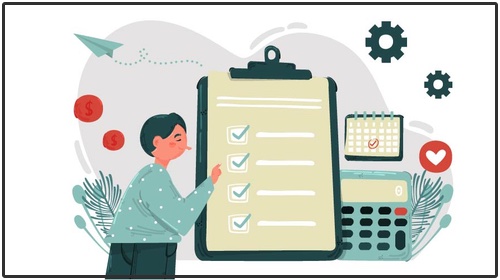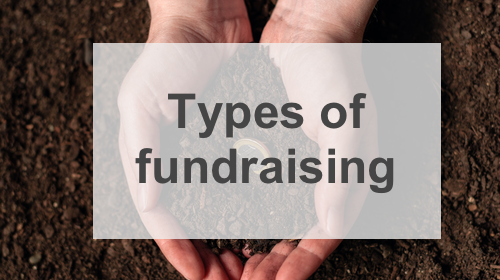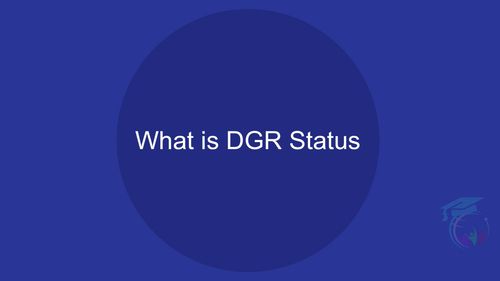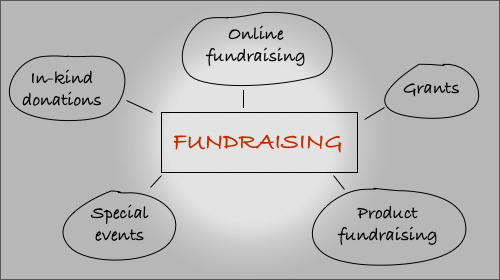Fundraising Risks for Registered Charities
Charity fundraising comes with inherent risks. These recommendations can help you use best practices to stay accountable.
Authored by: iClick2Learn Team
Translate Text
Registered Charities: Avoiding Fundraising Risks
A registered charity can be a victim of crime, much like any other organisation. The primary fundraising risks for registered charities include fraud and financial corruption. According to the Australian Charities and Not-For-Profits Commission (ACNC), 10%-15% of charities have suffered fraud in recent years.
Some charities are hesitant to address their fraud. Understandably, they worry about the damage to their reputation and how confrontation of fraud might impact their ability to do good work.
Fundraising might include:
- Raffles or other games
- Fundraising events like Fun-Runs
- Public events with admission fees
- Public donation solicitation (door-to-door)
A charity’s governing body is responsible for its fundraising activities. All board members must have a clear understanding of their charity’s fundraising operations to minimize risks.
Common Charity Fundraising Risks
Charities have several income sources: government, donations and bequests, and other revenue. In 2018, the ACNC reported $10.5 billion in donations and bequests to registered Australian charities. As you can see, fundraising is a vital aspect of any charity, but it poses unique challenges and risks.
There are various risks for registered charities, including unknowingly financing terrorism and committing money laundering. Certain factors can make your charity vulnerable to multiple types of misuse of funds.
Your charity has increased vulnerability when there is:
- A lack of transparency regarding fundraising
- A lack of clarity regarding the use of funds
- Weak governance of fundraising activity
- Inadequate due diligence (volunteers and beneficiaries)
Luckily, there are specific steps your charity can take to minimize fundraising risks. Even if your charity cannot help certain vulnerabilities–such as working in a region of conflict–there are still straightforward methods to protect your organisation.
Registered Charities Fundraising Risk Checklist
Transparency throughout the funding cycle can help reduce fundraising risks for charities. With each step accounted for, your charity is less vulnerable and susceptible to misuse of funds.
1: Thorough staff training and due diligence.
2: Regular audits of fundraising practices.
3: Use and research best practices.
4: If there is questionable cash activity, use SMR reporting (suspicious matter reports.)
5: Careful record keeping at all stages.
6: Due diligence on all third parties and partners.
Another thing to consider is the reporting channels within your charity. If a member of your organisation saw something suspicious, would they instantly know where to report it? Establishing clear reporting channels is another step toward improved transparency and accountability within your charity.
Conclusion
Identifying and planning for fundraising risks can go a long way to keep your charity accountable and reputable. Contrary to popular belief, having a solid risk management framework does not mean your organisation is pessimistic.
Instead, the framework you establish today can make your charity less vulnerable and more effective in the long run. By emphasising training, due diligence, and best practices, your charity can avoid tragedy and continue its excellent work.













